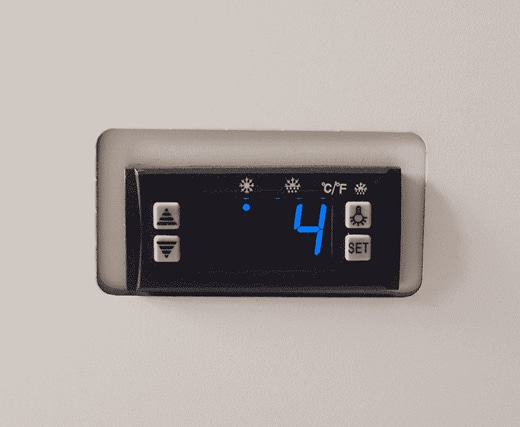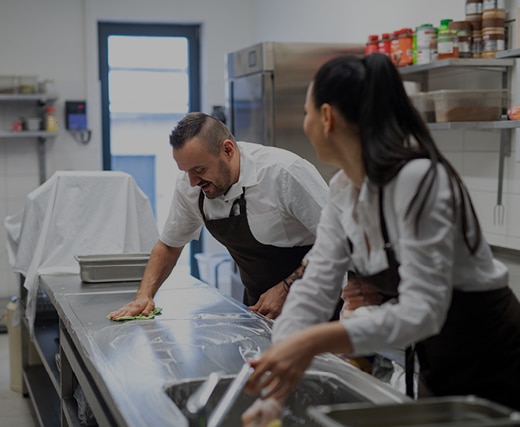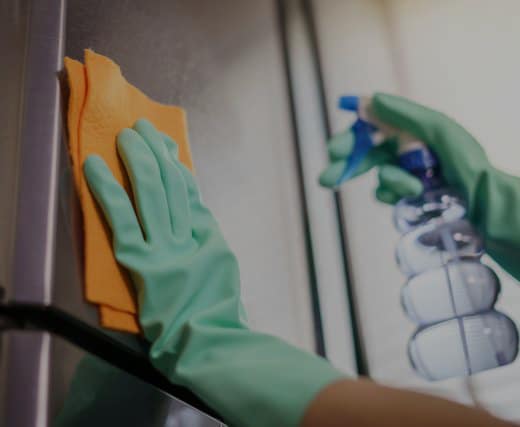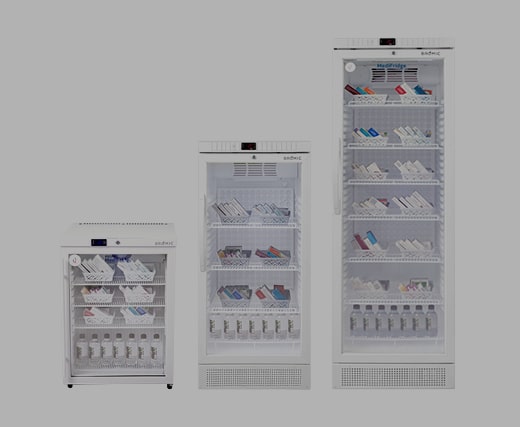How does a temperature controller work in a commercial refrigerator?
The temperature controller helps to ensure that food kept at a safe temperature. Typically, a fridge thermostat or temperature controller features a setpoint (the desired temperature) and a deadband (the range of temperatures around the setpoint that the controller will allow). If the internal temperature of the fridge goes outside of the deadband, the controller will adjust the flow of refrigerant to bring the temperature back within the deadband.
Another way of thinking about it is, when the air inside the fridge reaches the desired temperature, the controller halts the flow of electricity to the compressor. Conversely, when the controller detects too much heat, it activates the compressor by allowing electricity to flow.
How to set the correct temperature
The best source of information on how to set the correct temperature using your controller is to refer to your specific user manual for your commercial fridge. You can find your Bromic user manual here. Before setting the temperature, you must be mindful of the types of foods you are storing in the fridge/freezer. The recommended temperatures are as follows:
- Ready-to-eat food – 4°C or below. Examples of ready-made foods include sandwiches, sushi, and salads.
- Perishable foods – 0°C to 4°C. These foods include eggs, dairy products, and raw or cooked meats, poultry, or fish.
- Frozen foods – -18°C. Examples include frozen fruits and vegetables, frozen meats, and ice creams, frozen desserts, and frozen pastry products.
For a digital temperature controller:
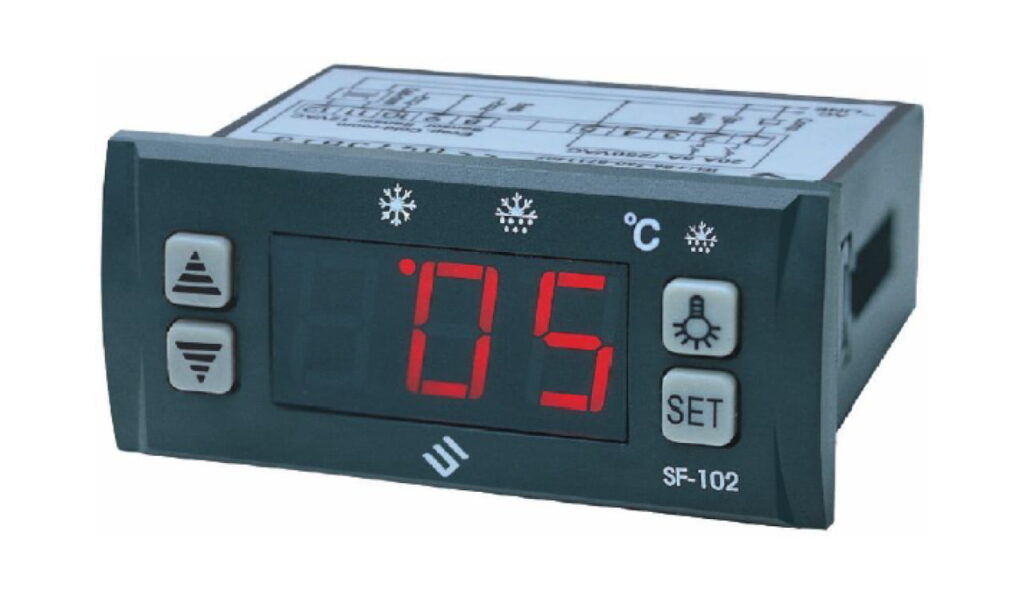
- Press the SET button.
- The value of the set point will be displayed and the °C or °F LED starts blinking.
- Press the UP or DOWN arrow key within 10 seconds to adjust the set point.
- Press the SET key again or wait 10 seconds.
For an analogue temperature controller:
- Adjust the thermostat to set appliance’s internal temperature, moving clockwise (towards the larger number) to achieve a lower internal temperature.
- NOTE: You should only make small adjustments and wait 24 hours to see whether further adjustments are required.
*Operation may vary slightly with different cabinets.
Troubleshooting
Monitoring and adjusting temperature levels
The use of a temperature controller is not failproof. Regularly monitoring the temperature inside your commercial fridge is vital for food safety, to prevent waste, and to ensure the longevity of your refrigerator.
A fridge that is too warm or too cold usually indicates that the controller has not been set to the correct temperature.
Try adjusting the thermostat and monitoring the fridge and make sure no further adjustments are made for 24-28 hours to allow the fridge to readjust to the new temperature.
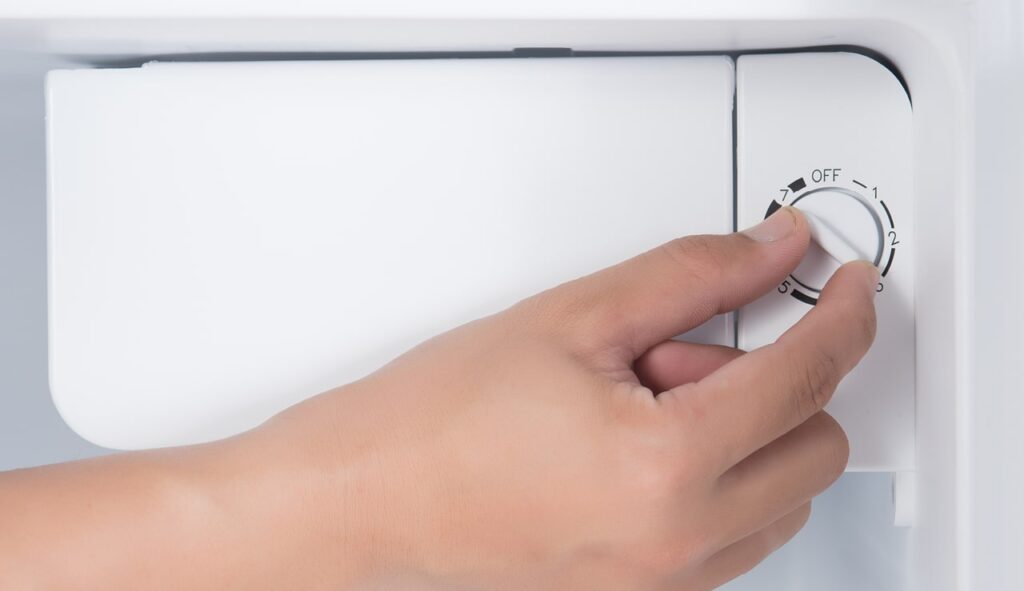
Is the location of your fridge the culprit?
Check your user manual or spec sheet for your refrigerator’s recommended ambient temperature. This will tell you the maximum temperature of the environment in which fridge is located in. If the location is subject to high heat or very cold temperatures, the fridge should be relocated to a more suitable area to meet the ambient temperature range. E.g., placing a fridge near a north facing window will subject it to harsh sun in warmer months. Consider moving it towards an area less impacted by the weather to maintain a stable temperature.
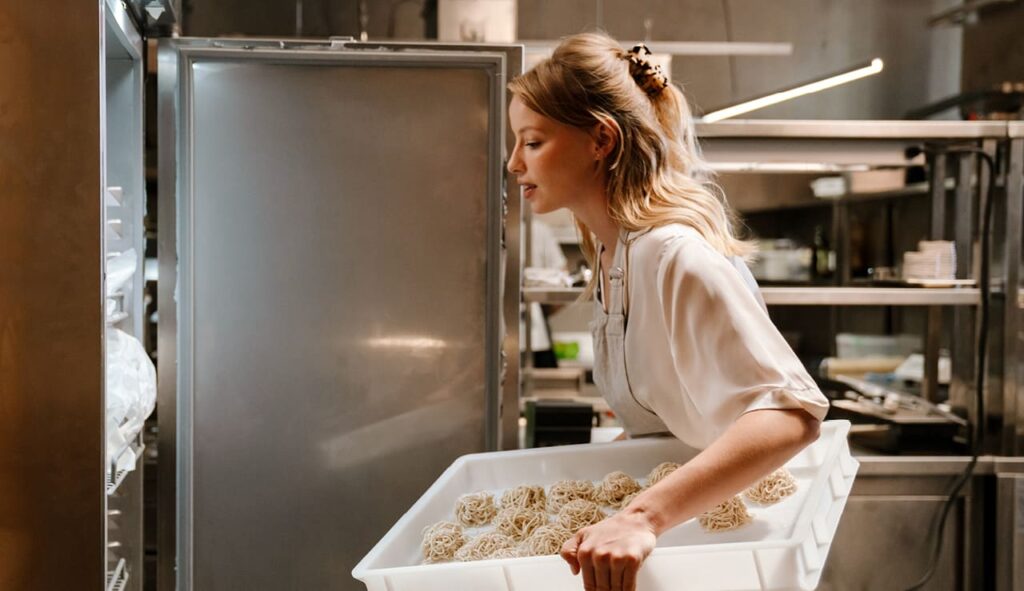
Other potential issues at play
If unsuccessful, there could be other issues impacting its performance. For instance, the fridge may be over-filled, or there could be evaporator issues or blocked vents, leaks in the defrost system or a malfunctioning controller. In these cases, it is best to contact your manufacturer or a trusted technician as soon as possible to prevent delays in your workflow.
Running a commercial fridge is, by all accounts, a simple function of a business. That said, all kinds of electrical equipment need to be regularly checked to ensure they are functioning correctly. By implementing routine maintenance practices such as cleaning the controller and scheduling professional inspections, you promote the longevity of the fridge and the safety of the food.
Maintaining the temperature
By mastering the temperature control in your commercial refrigerator, you prevent waste, comply with food safety regulations, and ensure the long life of your equipment, decreasing operating interruptions and costly repairs.
We encourage you bookmark this article and re-read it on a regular basis as a reminder of best practices. You might even like to set a calendar reminder once a month for the person or people who oversee the commercial fridges check and monitor the temperature range to ensure it remains within the safe range.
If you choose Bromic, rest assured your unit is covered by Bromic Extra Care Warranty*. Read about our warranty policy here. To arrange for a service, or to discuss the purchase of new commercial refrigeration equipment, reach out to Bromic today on 02 9426 5222 and we will connect you with the most appropriate products for your needs.
Choose Bromic for Peace of Mind
When you choose Bromic, you’re backed by our Extra Care Warranty, ensuring your refrigeration unit is protected.
Looking for reliable service in your new commercial refrigeration equipment? Request a free quote today! Simply select the products you’re interested in and fill out our online form. Our expert team will connect you with the perfect solution for your business needs.
Stay informed! Follow us on Facebook, Instagram, and LinkedIn for the latest products, industry insights, and tips to keep your business running smoothly.



